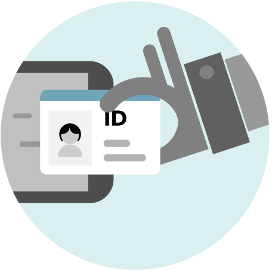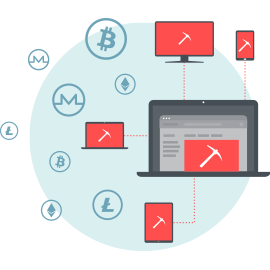Spam
Simply put, spam is a digital version of junk mail. Described as any form of unsolicited communication sent in bulk (Unsolicited Bulk Email, or UBE), a common form of spam is a commercial email (Unsolicited Commercial Email, or UCE). These unsolicited emails are sent from an anonymous source to a large number of addresses so that even if few people respond, the sender is still making money. However, “spamming” is sometimes sent via instant messages such as texts or direct messages on social media channels. Find out more about how to spot a spam email and protect your email server.










